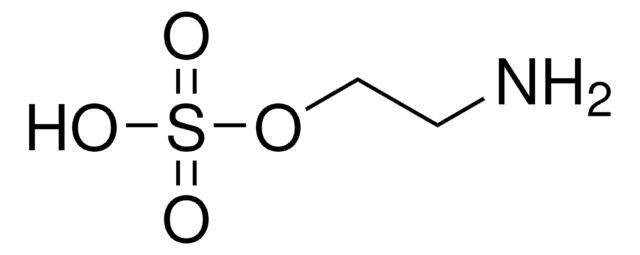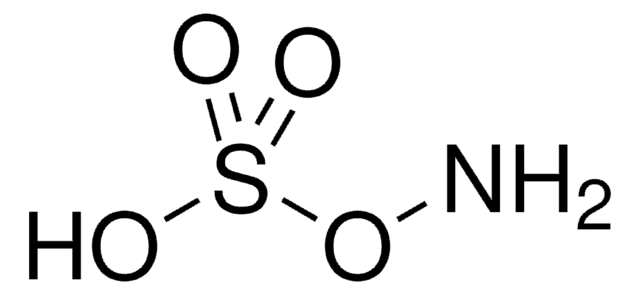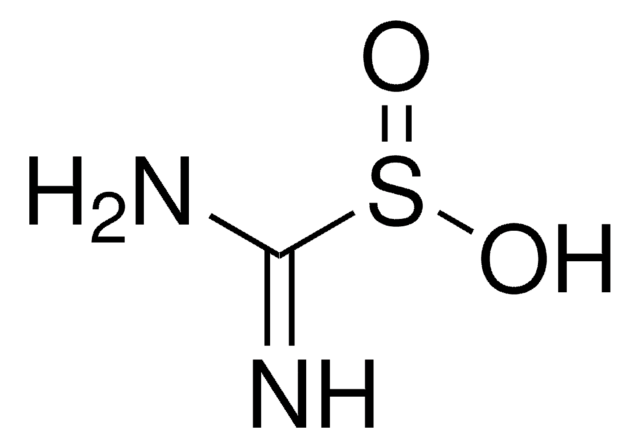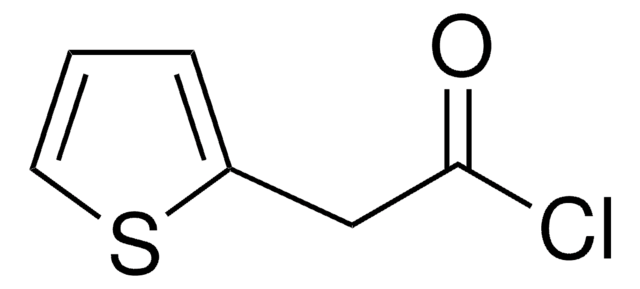127442
Aminomethanesulfonic acid
97%
Synonym(s):
(Aminomethyl)sulfonic acid, 1-Aminomethanesulfonic acid, Aminomethanesulfonic acid, Aminomethanesulphonic acid, aminomethylsulfonic acid
About This Item
Recommended Products
Assay
97%
mp
184 °C (dec.) (lit.)
SMILES string
NCS(O)(=O)=O
InChI
1S/CH5NO3S/c2-1-6(3,4)5/h1-2H2,(H,3,4,5)
InChI key
OBESRABRARNZJB-UHFFFAOYSA-N
Looking for similar products? Visit Product Comparison Guide
Application
It can also be used to functionalize the surface of single-walled carbon nanotubes (SWCNT) or porous metal-organic frameworks (MOF) to introduce the sulfonic acid functional groups for the preparation of nanocomposites.
Signal Word
Danger
Hazard Statements
Precautionary Statements
Hazard Classifications
Eye Dam. 1 - Skin Corr. 1B
Storage Class Code
8A - Combustible corrosive hazardous materials
WGK
WGK 3
Personal Protective Equipment
Certificates of Analysis (COA)
Search for Certificates of Analysis (COA) by entering the products Lot/Batch Number. Lot and Batch Numbers can be found on a product’s label following the words ‘Lot’ or ‘Batch’.
Already Own This Product?
Find documentation for the products that you have recently purchased in the Document Library.
Customers Also Viewed
Our team of scientists has experience in all areas of research including Life Science, Material Science, Chemical Synthesis, Chromatography, Analytical and many others.
Contact Technical Service












